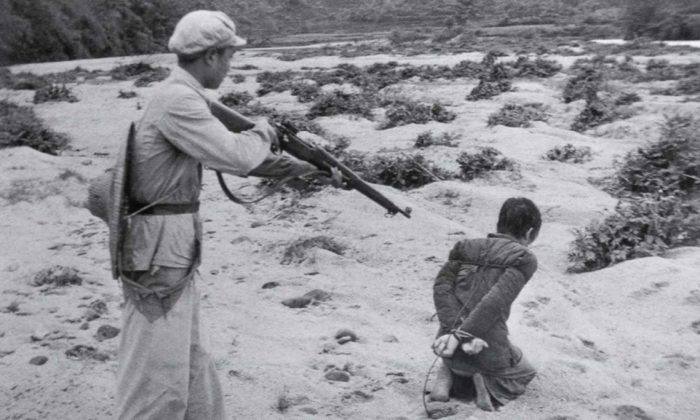The Estonian Institute of Historical Memory has launched a portal that provides information on the history of communist regimes and their crimes; the portal is published in Estonian, English and Russian.
The aim of the portal, called Communist Crimes, is to deepen the understanding of the history of communist regimes on an international level and to hinder the activities of “red terror” deniers, the institute said in a statement. “The portal is unique as it consolidates the communist experience of 45 modern countries into a single database. The portal is continually updated with fresh material,” the institute said.
Giving a voice to millions of victims and their loved ones
“According to various estimates, approximately 90 million people around the world have perished due to communist experiments in the 20th century,” Sergei Metlev, the institute’s spokesperson, said. “Throughout history, the disciples of this ideology have adorned themselves with pleasant-sounding slogans about a happy future, while destroying entire nations and social groups as well as depriving their citizens of basic human rights in order to reach the leaders’ communist utopia.”
Metlev added that the portal “presents facts to give a voice to millions of victims and their loved ones”, who still “have to face those that downplay or negate” what happened.

The portal brings together independent researchers and journalists from all over the world, which enables to unveil different aspects of communist ideology and explain the specifics in different countries.
The acknowledgement of communist crimes not self-evident in today’s world
Meelis Maripuu, a member of board of the institute, said the acknowledgement of the crimes of communist regimes is regrettably not self-evident in today’s world. This may create a situation where violence and injustice are tolerated yet again.
“Many people who have no personal experience of living under the conditions of a communist regime, still like to be crazed by slogans,” Maripuu said in a statement. “Even those nations that have survived the communist terror have not become fully aware of the devastating impact the era had on culture, economy, and on the human psyche. We see how Karl Marx, the father of this teaching, is honoured. New statues are erected for Marx and even for the mass murderers, Lenin and Stalin.”

The first version of the portal was launched in 2011 by the Unitas Foundation that in 2017 merged with the Estonian Institute of Historical Memory.
The establishment of the Estonian Institute of Historical Memory was initiated by the then-president of Estonia, Toomas Hendrik Ilves, in 2008. The aim of the institute was set to give the Estonian citizens a comprehensive and objective overview of the state of human rights in Estonia during the Soviet occupation.
Cover: Children in a cattle wagon destined for Siberia. The Soviet Union deported forcibly at least 2.5 million people from their homes. In Estonia, 30,000 people were deported to Siberia by the Soviets. Images courtesy of the Estonian Institute of Historical Memory.

